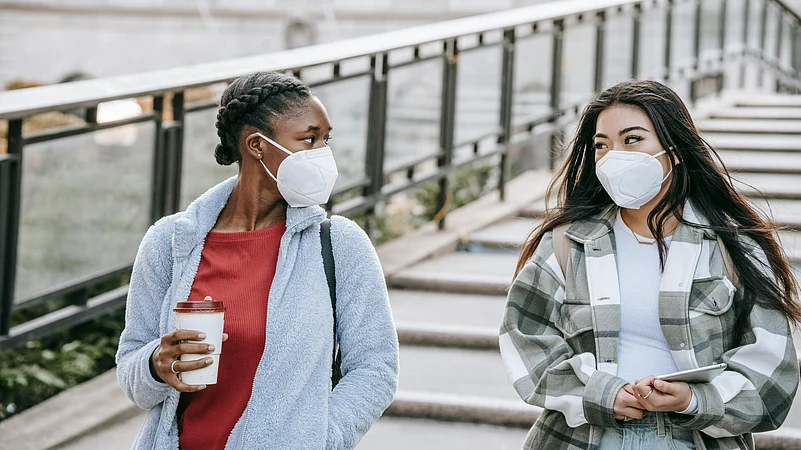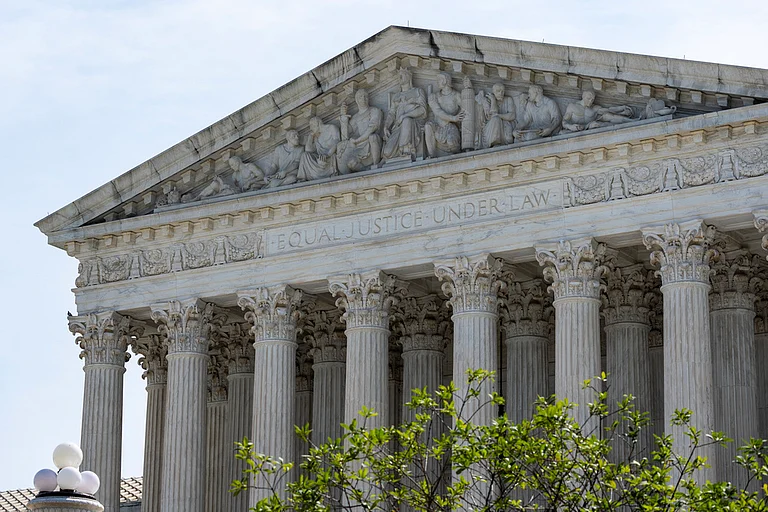Many states in the US have recorded a surge in COVID 19 cases. The Centers for Disease Control and Prevention (CDC) is closely monitoring the rise of the new COVID-19 variant LB.1, which is now trailing the KP.3 variant.
From June 9 to June 22, the CDC's Nowcast data tracker revealed that KP.3 accounted for 33.1% of positive infections, KP.2 for 20.8%, and LB.1 for 17.5%. The previously dominant JN.1 variant had dropped to 1.6% of cases.
The emergence of the LB.1 variant has raised concerns due to its potential to infect people more easily, attributed to a single deletion in its spike protein. CDC spokesperson Dave Daigle noted the similarity of this spike to those seen in the JN.1 lineages. However, Daigle emphasized that there is currently no evidence suggesting LB.1 causes more severe disease.
Latest COVID 19 variants
The LB.1 and FLiRT variant are the latest COVID-19 strains circulating in the U.S. While the CDC continues to gather data, the current information does not indicate that LB.1 poses a serious risk.
Tracking the FLiRT and LB.1 Strains
The origins of the FLiRT and LB.1 strains are not entirely clear. The FLiRT variants were first detected in U.S. wastewater and have since been identified in Canada and the U.K. LB.1 is a descendant of the JN.1 strain, which was prominent in 2023.
Vaccination remains a critical strategy. Dr. Roberts emphasized the importance of staying up to date with COVID vaccines, particularly for individuals over 65. Vaccines significantly reduce the risk of severe illness, hospitalization, and death.
COVID tests are expected to detect strains related to JN.1, and antiviral treatments like Paxlovid should remain effective. Paxlovid targets a non-spiked part of the virus, making it relatively resilient against new variants.
Symptoms of COVID-19
The CDC has not specified unique symptoms for LB.1, but the general symptoms of COVID-19 remain relevant:
- Fever or chills
- Cough
- Shortness of breath or difficulty breathing
- Fatigue
- Muscle or body aches
- Headache
- Loss of taste or smell
- Sore throat
- Congestion or runny nose
- Nausea or vomiting
- Diarrhea
Seek medical attention if you experience trouble breathing, persistent chest pain, inability to wake or stay awake, or pale, gray, or blue-colored skin, lips, or nail beds.
State wise COVID-19 test positivity rates
CDC data from June 15 to June 24, 2024, shows variations in COVID-19 positivity rates across states. Some states, such as Arkansas, Louisiana, New Mexico, Oklahoma, and Texas, saw a significant increase of 2.3%.
Here's the list of states and their changes in COVID-19 positivity (in %) for the past week:
Alabama +0.3
Alaska +1.0
Arizona +0.8
Arkansas +2.3
California +0.8
Colorado +2.1
Connecticut +1.4
Delaware +0.2
District of Columbia +0.2
Florida +0.3
Georgia +0.3
Hawaii +0.8
Idaho +1.0
Illinois +1.0
Indiana +1.0
Iowa +0.9
Kansas +0.9
Kentucky +0.3
Louisiana +2.3
Maine +1.4
Maryland +0.2
Massachusetts +1.4
Michigan +1.0
Minnesota +1.0
Mississippi +0.3
Missouri +0.9
Montana +2.1
Nebraska +0.9
Nevada +0.8
New Hampshire +1.4
New Jersey +0.2
New Mexico +2.3
New York +0.2
North Carolina +0.3
North Dakota +2.1
Ohio +1.0
Oklahoma +2.3
Oregon +1.0
Pennsylvania +0.2
Puerto Rico +0.2
Rhode Island +1.4
South Carolina +0.3
South Dakota +2.1
Tennessee +0.3
Texas +2.3
Utah +2.1
Vermont +1.4
Virginia +0.2
Washington +1.0
West Virginia +0.2
Wisconsin +1.0
Wyoming +2.1
While current data does not suggest a severe threat, maintaining vigilance through vaccination and monitoring symptoms is essential to manage and mitigate the spread of COVID-19.






















